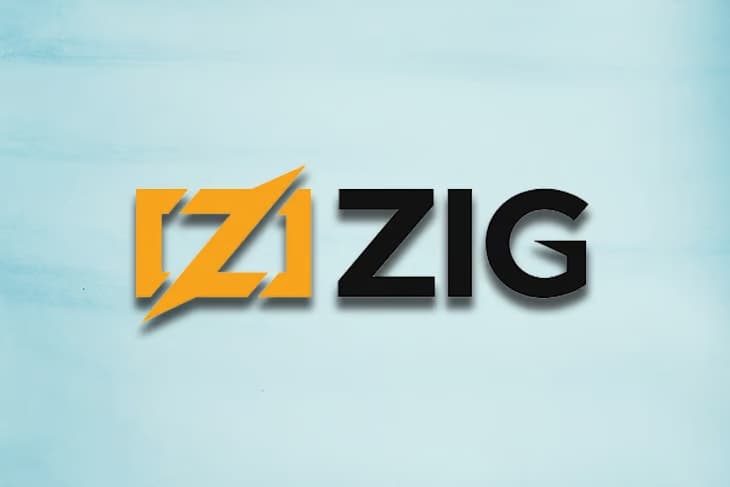Zig Programming Language
January 13, 2025 • 4 min read
In the vast landscape of programming languages, where each claims to solve unique problems, Zig has emerged as a rising star in the systems programming domain. Created by Andrew Kelley in 2016, Zig is a general-purpose programming language that emphasises simplicity, performance, and reliability. For those seeking an alternative to C and C++ for systems-level development, Zig offers compelling features that make it worth exploring.
What is Zig?
Zig is a statically-typed programming language designed to be a better tool for building robust and efficient software. It is particularly suited for low-level programming, such as operating systems, game engines, and embedded systems. Zig’s design philosophy focuses on:
Simplicity: Reducing developer overhead by offering a clean, minimalistic syntax.
Performance: Compiling to highly optimised machine code with predictable execution.
Reliability: Providing strong safety guarantees without sacrificing control over the hardware.
Key Features of Zig
1. No Hidden Control Flow
Unlike languages that abstract away control flow behind constructs like exceptions, Zig makes control flow explicit. This eliminates surprises and ensures that developers have full control over the program’s behaviour.
2. Manual Memory Management
Zig gives developers full control over memory allocation and deallocation. While this requires more effort, it prevents the pitfalls of automatic garbage collection and allows precise tuning for performance-critical applications.
3. Error Handling Done Right
Zig introduces a unique error handling model that replaces exceptions with error unions. Errors in Zig are treated as data, making it easier to reason about failure states and handle them predictably.
4. Cross-Compilation Made Easy
Zig’s build system and cross-compilation support are second to none. By leveraging LLVM under the hood, Zig can target multiple architectures seamlessly. This makes it an ideal choice for projects requiring portability.
5. Interop with C
Zig was designed to coexist with C code. Developers can call C functions directly and include C headers without additional bindings. This makes Zig a practical choice for gradually migrating legacy codebases.
6. Safety and Debugging Tools
Zig offers various safety features like bounds checking, undefined behavior detection, and thread safety without compromising performance. These tools are invaluable for writing reliable software.
Why Choose Zig?
1. Modern Replacement for C
C has been the go-to language for systems programming for decades, but its lack of modern features can hinder productivity and lead to subtle bugs. Zig retains the power of C while improving safety, readability, and developer experience.
2. Lightweight and Fast
Zig’s compiler is lightweight and fast, making it easy to integrate into existing workflows. Unlike some languages that require extensive tooling, Zig priorities simplicity and speed.
3. Growing Ecosystem
Though still relatively new, Zig’s ecosystem is expanding rapidly. Libraries, tools, and community contributions are steadily increasing, making it easier to adopt Zig for real-world projects.
4. Ideal for Learning Systems Programming
Zig’s explicit nature and lack of hidden abstractions make it an excellent choice for developers who want to deepen their understanding of how computers work at a low level.
Use Cases for Zig
Zig is particularly well-suited for:
Game Development: Its performance and control over memory make it ideal for building game engines and high-performance gaming applications.
Embedded Systems: Zig’s lightweight nature and ability to cross-compile to various architectures make it a natural choice for embedded programming.
Operating Systems: Zig’s low-level capabilities and explicit control over hardware resources enable the development of operating systems and kernels.
Tooling and Compilers: The language’s simplicity and performance are perfect for creating tools like compilers, debuggers, and build systems.
The Future of Zig
As Zig continues to mature, its potential to disrupt the systems programming space becomes increasingly apparent. With each release, new features and optimisations make it an even more attractive choice for developers. While it may not yet rival the popularity of C or Rust, Zig’s unique approach and growing community suggest that it has a bright future ahead.
Conclusion
Zig represents a fresh perspective in systems programming, blending the best aspects of C with modern language features and tooling. Whether you’re building a high-performance application or exploring systems-level programming for the first time, Zig is worth considering. Its emphasis on simplicity, performance, and reliability positions it as a strong contender for the next generation of systems programming languages.
